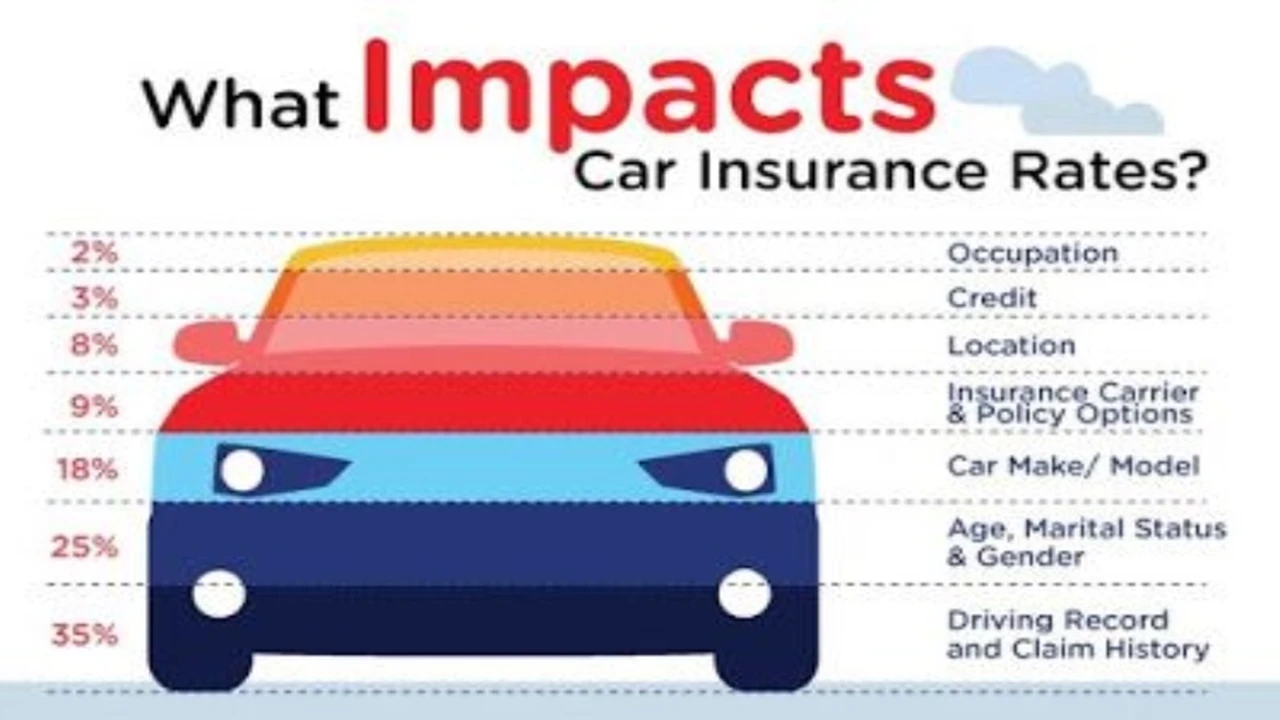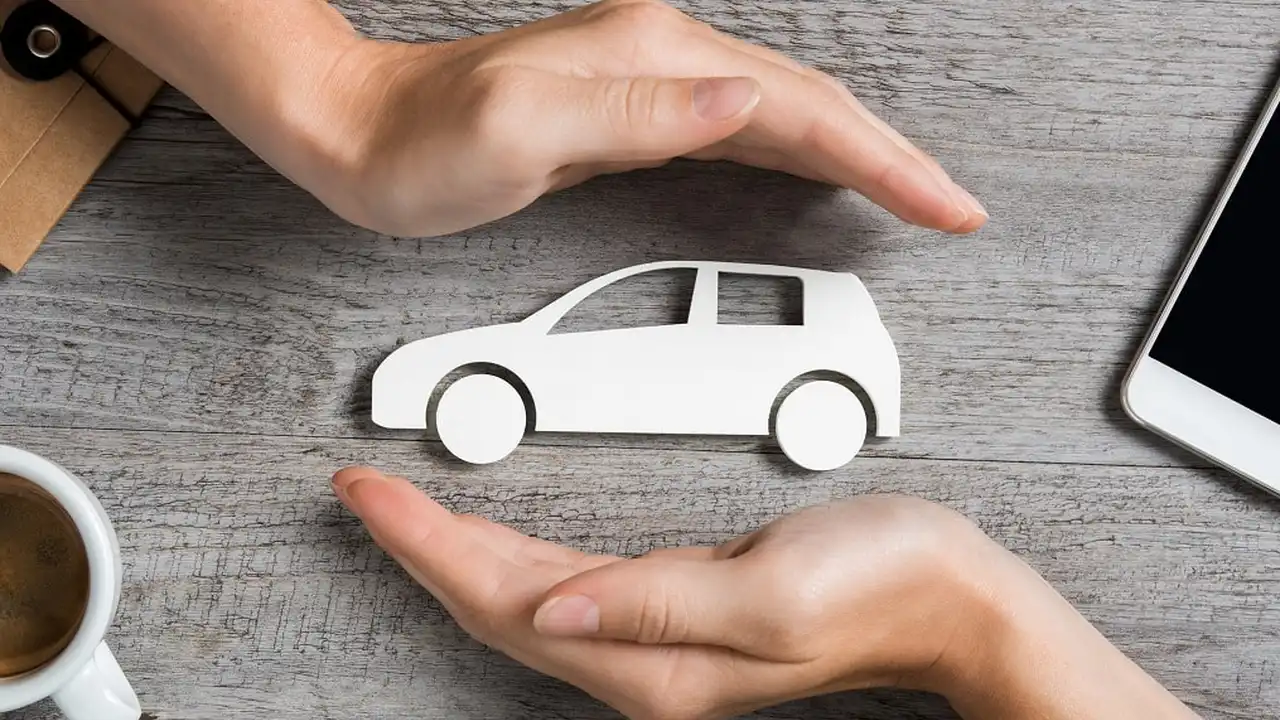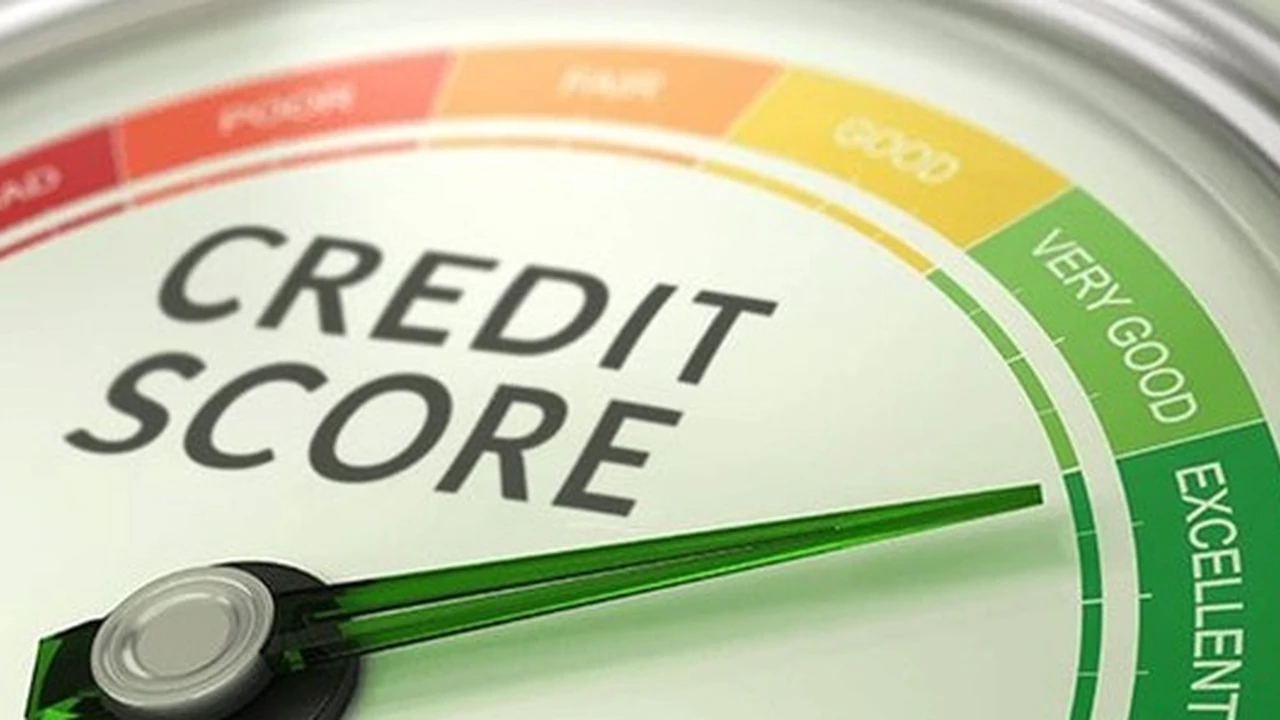Negotiating a Settlement: Getting a Fair Payout

Understanding Your Car Insurance Claim Value Key Factors
So, you've been in a car accident. Bummer, right? Now you're dealing with insurance companies and trying to figure out what a fair settlement even looks like. First things first, ditch the stress sweat. Let's break down how insurance companies value your claim and how you can make sure you're not getting lowballed.
Think of your claim as a puzzle. The insurance company is trying to assemble it in the cheapest way possible. Your job is to make sure they see all the pieces and understand their true value. Here’s what they’ll be looking at:
- Vehicle Damage: This is the obvious one. How much did it cost to repair your car? Get multiple estimates. Don't just take the insurance company's preferred shop. You have the right to choose your own.
- Medical Bills: Every doctor visit, physical therapy session, prescription, and even over-the-counter pain reliever counts. Keep meticulous records. Seriously, a spreadsheet is your friend here.
- Lost Wages: Can't work because of your injuries? That lost income is part of your claim. You'll need documentation from your employer proving your salary and the dates you were unable to work.
- Pain and Suffering: This is where things get a little fuzzier. It's compensation for the physical pain, emotional distress, and inconvenience caused by the accident. There's no magic formula, but it's usually calculated as a multiple of your medical bills.
- Property Damage (Besides Your Car): Did the accident damage your phone, laptop, or anything else in your car? That's all part of the claim.
Don't just blindly accept the insurance company's initial offer. It's almost always lower than what you deserve. Do your research, know your rights, and be prepared to negotiate.
Building Your Case Documenting Everything For a Strong Claim
Okay, now that you know what goes into valuing your claim, let's talk about building a rock-solid case. Think of yourself as a lawyer arguing your own case – but without the fancy suit (unless you want to wear one, no judgment!). The key is documentation, documentation, documentation!
Gather Evidence Like a Pro:
- Police Report: This is the foundation of your case. Get a copy of the police report as soon as possible. It will contain details about the accident, including who was at fault.
- Photos and Videos: Take pictures of everything! The damage to your car, the other car, the accident scene, your injuries. Videos are even better. A picture is worth a thousand words, and a video is worth a million.
- Medical Records: Get copies of all your medical records related to the accident. This includes doctor's notes, test results, and therapy reports.
- Witness Statements: If there were any witnesses to the accident, get their contact information and ask them to provide a written statement.
- Bills and Receipts: Keep track of every expense related to the accident, from medical bills to car repairs to rental car costs.
- Communication Records: Save all emails, letters, and notes from phone calls with the insurance company.
The more evidence you have, the stronger your case will be. Organize everything into a file or binder. This will make it easier to find what you need when you're negotiating with the insurance company.
Negotiation Tactics Winning Strategies For a Fair Settlement
Alright, you've built your case, now it's time to negotiate! This is where things can get a little tricky, but don't worry, I've got your back. Remember, the insurance adjuster's job is to save the company money. Your job is to get what you deserve. It's a game, and you need to play to win.
Here are some negotiation tactics to try:
- Start High: Don't be afraid to ask for more than you think you deserve. The insurance company will likely counteroffer, so you want to give yourself some wiggle room.
- Be Persistent: Don't give up easily. The insurance company may try to wear you down. Stay firm and keep pushing for what you believe is fair.
- Know Your Bottom Line: Before you start negotiating, decide on the absolute minimum you're willing to accept. Don't go below that number.
- Highlight Your Strengths: Emphasize the strongest parts of your case. If the other driver was clearly at fault, make sure the adjuster knows it. If you have strong medical evidence, point it out.
- Be Polite but Firm: You don't have to be aggressive to be effective. Be polite and respectful, but don't back down from your position.
- Get it in Writing: Any agreement you reach with the insurance company should be in writing. Don't rely on verbal promises.
- Know When to Walk Away: If you can't reach a fair settlement with the insurance company, be prepared to walk away and explore other options, such as filing a lawsuit.
Remember, negotiation is a process. It takes time and patience. Don't get discouraged if you don't get what you want right away. Keep pushing, and eventually, you'll reach a fair settlement.
Specific Product Recommendations For Car Accident Recovery & Prevention
Beyond the legal and financial aspects, let's talk about some practical products that can help you recover from a car accident and even prevent future ones. Think of these as your post-accident survival kit, or even better, your pre-accident peace-of-mind arsenal.
Dash Cams Capturing Accident Evidence & Preventing Disputes H2
A dash cam is like an eyewitness that never blinks. It records everything that happens in front of your car, providing crucial evidence in case of an accident. It can protect you from fraudulent claims and help determine fault. Think of it as an investment in your peace of mind.
Product Recommendations:
- Vantrue N4 3 Channel Dash Cam: This is a top-of-the-line option with three cameras (front, interior, and rear) for complete coverage. It features 4K resolution, night vision, and parking mode. Usage Scenario: Ideal for rideshare drivers, families, and anyone who wants the most comprehensive protection. Pros: Excellent video quality, wide coverage, reliable. Cons: Expensive, can be complex to set up. Price: Around $300-$350.
- Garmin Dash Cam Mini 2: A small and discreet option that's easy to install and use. It records in 1080p and has automatic incident detection. Usage Scenario: Great for everyday drivers who want a simple and affordable dash cam. Pros: Compact, easy to use, reliable. Cons: Lower resolution than some other models, limited features. Price: Around $130.
- Nextbase 622GW: Features 4K recording, image stabilization, and what3words integration for precise location sharing with emergency services. Usage Scenario: For those who value advanced features and enhanced safety. Pros: Superior image quality, innovative features, excellent low-light performance. Cons: Higher price point, larger size compared to some competitors. Price: Around $400.
Comparison: The Vantrue N4 offers the most comprehensive coverage but comes at a premium price. The Garmin Dash Cam Mini 2 is a budget-friendly option that's perfect for basic recording. The Nextbase 622GW balances features and performance with an emphasis on safety. Consider your budget and needs when choosing a dash cam.
First Aid Kits Essential Supplies For Immediate Post-Accident Care H2
Having a well-stocked first aid kit in your car is crucial in case of an accident. It allows you to provide immediate care to yourself and others until medical help arrives. Don't skimp on quality – a good first aid kit can make a real difference.
Product Recommendations:
- First Aid Only All-Purpose First Aid Kit: A comprehensive kit with a wide range of supplies for treating minor injuries. Usage Scenario: Ideal for everyday use and minor accidents. Pros: Affordable, well-stocked, compact. Cons: May not be sufficient for serious injuries. Price: Around $20.
- Deluxe Roadside Assistance Auto Emergency Kit: This kit includes not only first aid supplies but also roadside assistance tools like jumper cables and a tire pressure gauge. Usage Scenario: Perfect for long road trips and situations where you might need to perform minor repairs. Pros: Versatile, includes roadside assistance tools, well-organized. Cons: More expensive than a basic first aid kit. Price: Around $50.
- Surviveware Large First Aid Kit: Designed for outdoor adventures and emergencies, this kit is extremely durable and contains a wide range of high-quality supplies. Usage Scenario: Ideal for those who frequently travel to remote areas or engage in outdoor activities. Pros: Durable, comprehensive, well-organized. Cons: Expensive, bulky. Price: Around $130.
Comparison: The First Aid Only kit is a great budget option for basic needs. The Deluxe Roadside Assistance kit offers added value with roadside assistance tools. The Surviveware kit is the most durable and comprehensive option, but it's also the most expensive. Choose the kit that best suits your needs and budget.
Seatbelt Cutters and Window Breakers Escape Tools For Emergency Situations H2
In a serious accident, you might need to quickly escape your car. A seatbelt cutter and window breaker can be life-saving tools in these situations. Keep one within easy reach, like on your keychain or attached to your sun visor.
Product Recommendations:
- Resqme The Original Keychain Car Escape Tool: A small and lightweight tool that can cut seatbelts and break windows. Usage Scenario: Ideal for keeping on your keychain for easy access in an emergency. Pros: Compact, lightweight, easy to use. Cons: Only suitable for breaking side windows, may require some force. Price: Around $15.
- LifeHammer Evolution Emergency Hammer: A larger and more powerful hammer that can break windows and cut seatbelts with ease. Usage Scenario: Best kept in the glove compartment or center console for quick access. Pros: Powerful, easy to grip, includes a mounting bracket. Cons: Larger than the Resqme, more expensive. Price: Around $30.
- Ztylus Stinger USB Emergency Car Escape Tool: Combines a window breaker, seatbelt cutter, and USB car charger into one convenient device. Usage Scenario: Perfect for charging your phone while also providing emergency escape tools. Pros: Multi-functional, convenient, charges devices. Cons: More expensive than dedicated escape tools. Price: Around $40.
Comparison: The Resqme is the most compact and affordable option, but it may require more force to break a window. The LifeHammer is more powerful and easier to grip but also larger. The Ztylus Stinger offers the added convenience of a USB car charger. Consider your priorities when choosing an escape tool.
When To Hire a Car Accident Lawyer Protecting Your Rights H2
Sometimes, despite your best efforts, you just can't get a fair settlement from the insurance company. That's when it's time to call in the big guns – a car accident lawyer. They can level the playing field and fight for your rights.
Here are some situations where you should consider hiring a lawyer:
- Serious Injuries: If you've suffered serious injuries, such as broken bones, head trauma, or spinal cord damage, you'll need a lawyer to help you navigate the complex legal and medical issues involved.
- Disputed Liability: If the insurance company is denying liability or claiming that you were at fault for the accident, you'll need a lawyer to investigate the accident and gather evidence to prove your case.
- Unfair Settlement Offer: If the insurance company is offering a settlement that is significantly less than what you deserve, a lawyer can negotiate on your behalf and fight for a fair settlement.
- Complex Legal Issues: If your case involves complex legal issues, such as uninsured/underinsured motorist coverage or product liability, you'll need a lawyer with experience in these areas.
- Dealing With the Insurance Company is Stressful: Let's be honest, dealing with insurance companies can be a major headache. A lawyer can take the burden off your shoulders and handle all communication with the insurance company.
Most car accident lawyers work on a contingency fee basis, which means they only get paid if they win your case. So, you have nothing to lose by consulting with a lawyer to see if they can help you.
Understanding Diminished Value Claims Recovering Lost Vehicle Value H2
Even if your car is fully repaired after an accident, it may still be worth less than it was before. This is called diminished value. It's the difference between what your car was worth before the accident and what it's worth now. You are entitled to be compensated for this loss.
How to pursue a diminished value claim:
- Get a Professional Appraisal: Hire a qualified appraiser to assess the diminished value of your car. They will consider factors such as the severity of the damage, the make and model of your car, and the market conditions.
- Present Your Claim to the Insurance Company: Provide the insurance company with the appraisal and any other documentation that supports your claim.
- Be Prepared to Negotiate: The insurance company may try to lowball you on your diminished value claim. Be prepared to negotiate and fight for what you deserve.
- Consider Legal Action: If you can't reach a fair settlement with the insurance company, you may need to file a lawsuit to recover your diminished value.
Diminished value claims can be complex, but they're worth pursuing if your car has lost value due to an accident.
:max_bytes(150000):strip_icc()/277019-baked-pork-chops-with-cream-of-mushroom-soup-DDMFS-beauty-4x3-BG-7505-5762b731cf30447d9cbbbbbf387beafa.jpg)






